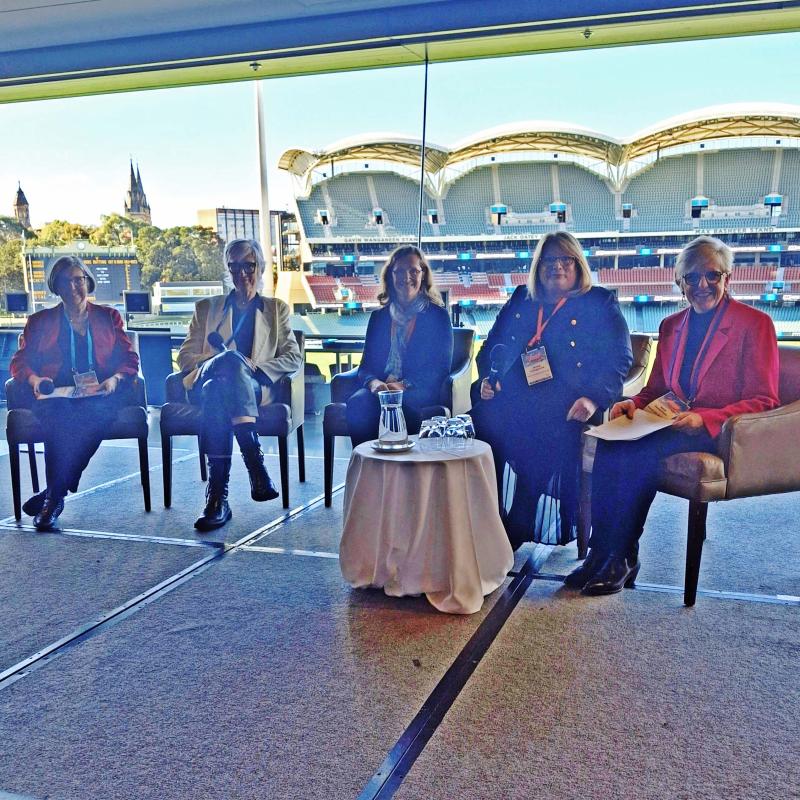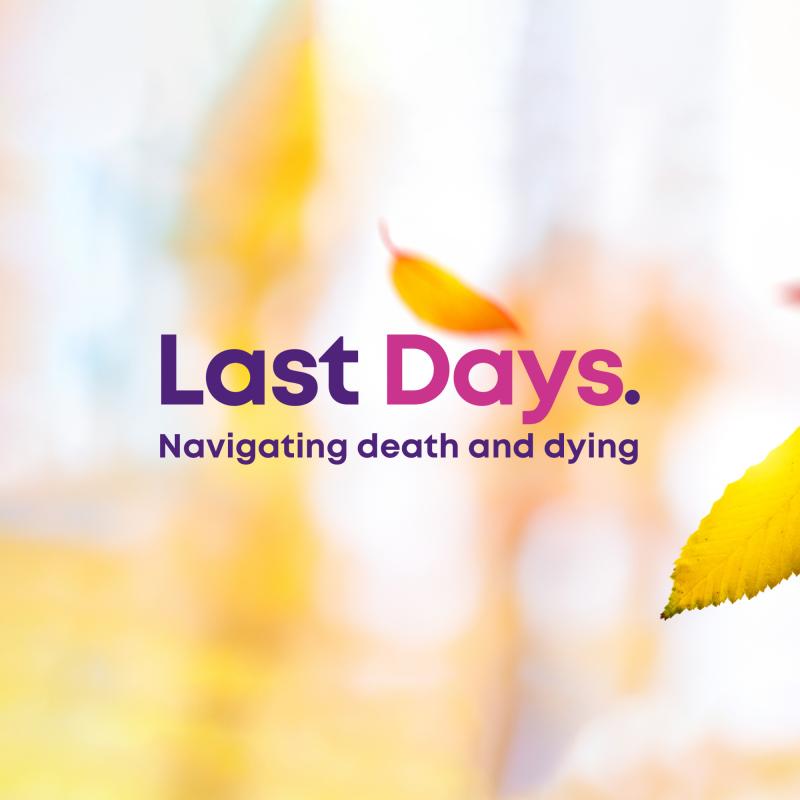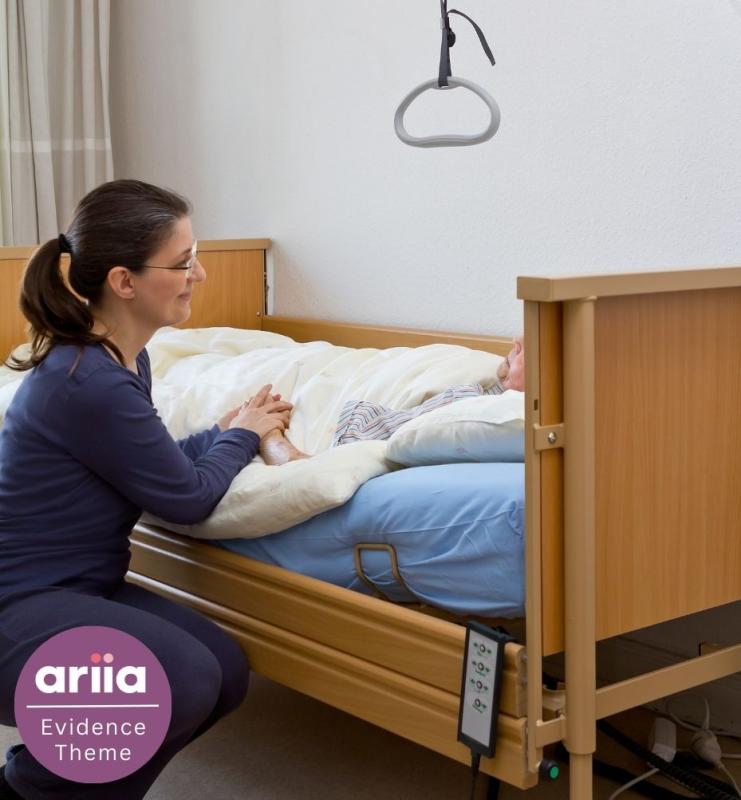Welcome to ARIIA First Nations Hub
Aboriginal and Torres Strait Islander people should be aware that this website contains images, voices and names of deceased persons.

Provides a podcast on conversations about people living and working at the end of life.

Provides information on outcomes that need to be achieved for palliative and end of life care.

In 2022, Australia experienced a significant increase in deaths, with 68% occurring in those aged 75 or older. The 2024 ARIIA Conference addressed the growing need for improved end-of-life care. Facilitated by Professor Jennifer Tieman, our expert panel Dr Helena Williams, Dr Katrine Del Villar, Anne Livingstone and Kate Swetenham, highlighted challenges such as insufficient palliative care training, the role of Advance Care Directives, and the potential of new technologies.

General practitioners (GPs) play a key role in managing care for patients with life-limiting illnesses, particularly in rural areas lacking specialist palliative services. In our latest blog by Dr. Raechel Damarell, find out about the newly released CareSearchgp app, which offers evidence-based resources to GPs to support advance care planning, symptom management, and essential information when patients opt for a home death.

This blog explores the reluctance to discuss death and dying and introduces the Last Days program. Last Days is aimed at providing carers with the practical knowledge and resources to care for those who are in their last days, particularly in rural areas where palliative care services are limited. Find out how the program emphasises the importance of open conversations about end-of-life care and equipping families and communities with the tools to provide compassionate support.

Dying in one’s place of choice is associated with increased satisfaction with end-of-life care. A person may prefer dying in their own home, an aged care residential facility, or a hospital. This resource from ARIIA is a short easy-to-read summary of the research evidence.

Voluntary assisted dying (VAD) is an emerging area for aged care in Australia. With VAD operating in all Australian States by the end of November 2023, aged care providers and staff will increasingly receive questions about VAD from those they care for and their families. In this blog, Penny Neller from End of Life Directions for Aged Care (ELDAC) answers common queries about VAD in aged care.

Christy Hunt, ELDAC’s Workforce Development Manager, describes some of her team’s initiatives for improving the palliative care skills and knowledge of the aged care workforce.

Palliative and end-of-life care training is a growing educational need for home care and residential aged care workers with growing numbers of Australians expected to die while receiving aged care services. This resource from ARIIA is a short easy-to-read summary of the research evidence.

Good communication between people with life-limiting illnesses and their health care professionals is important for achieving a high quality of palliative care and positive end-of-life experiences for older people and their families. This resource from ARIIA is a short easy-to-read summary of the research evidence.